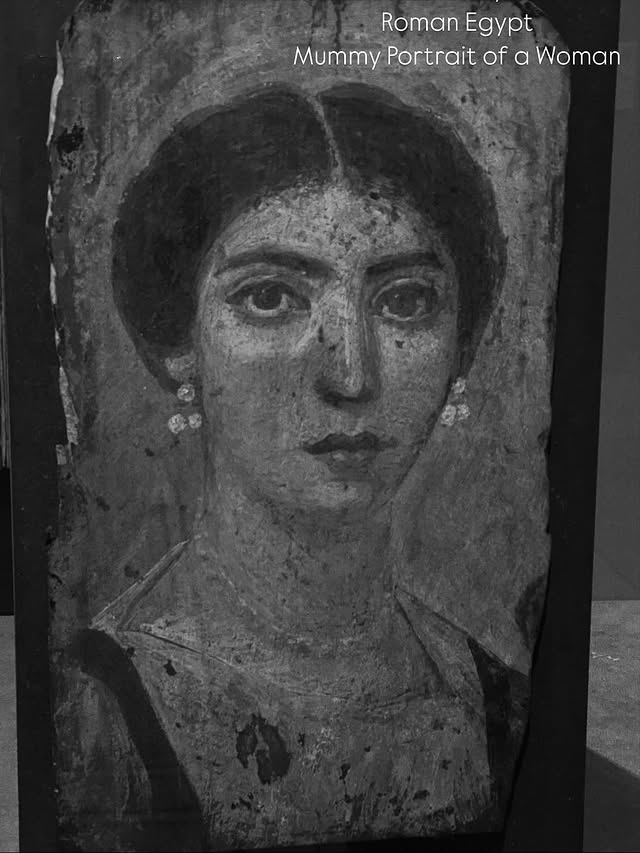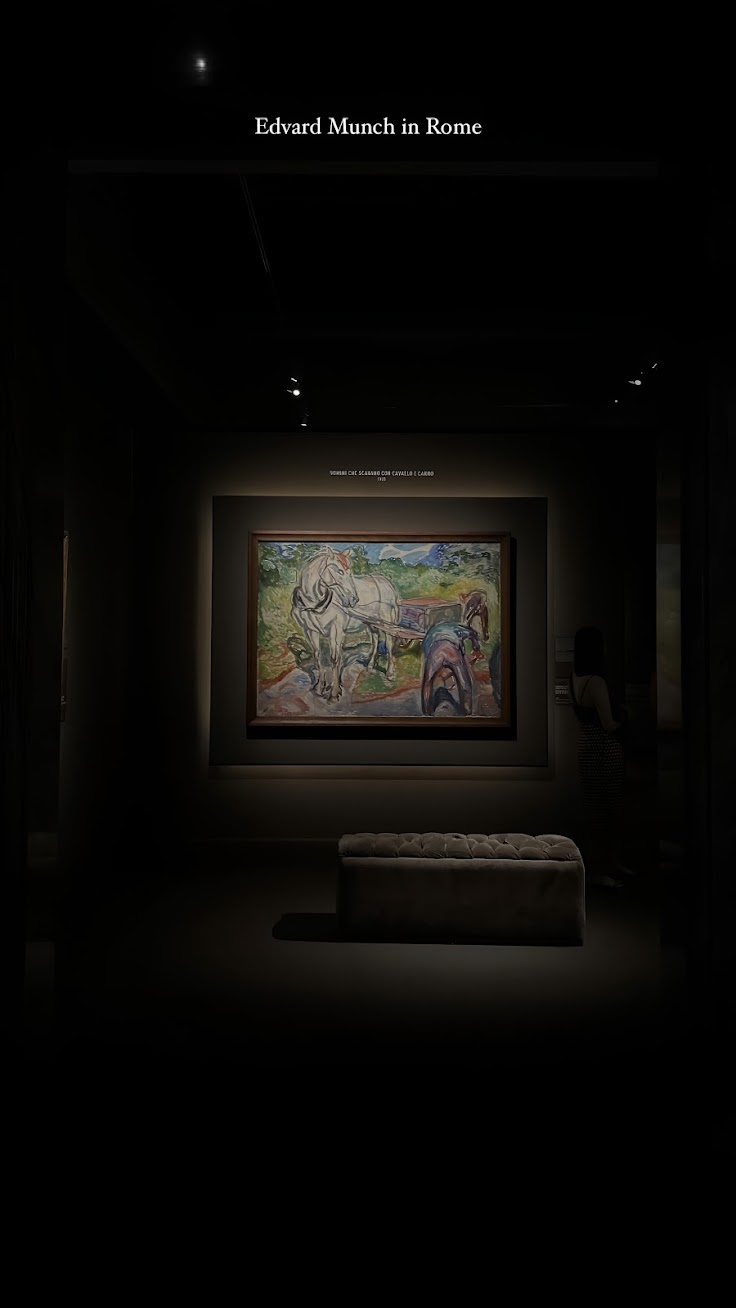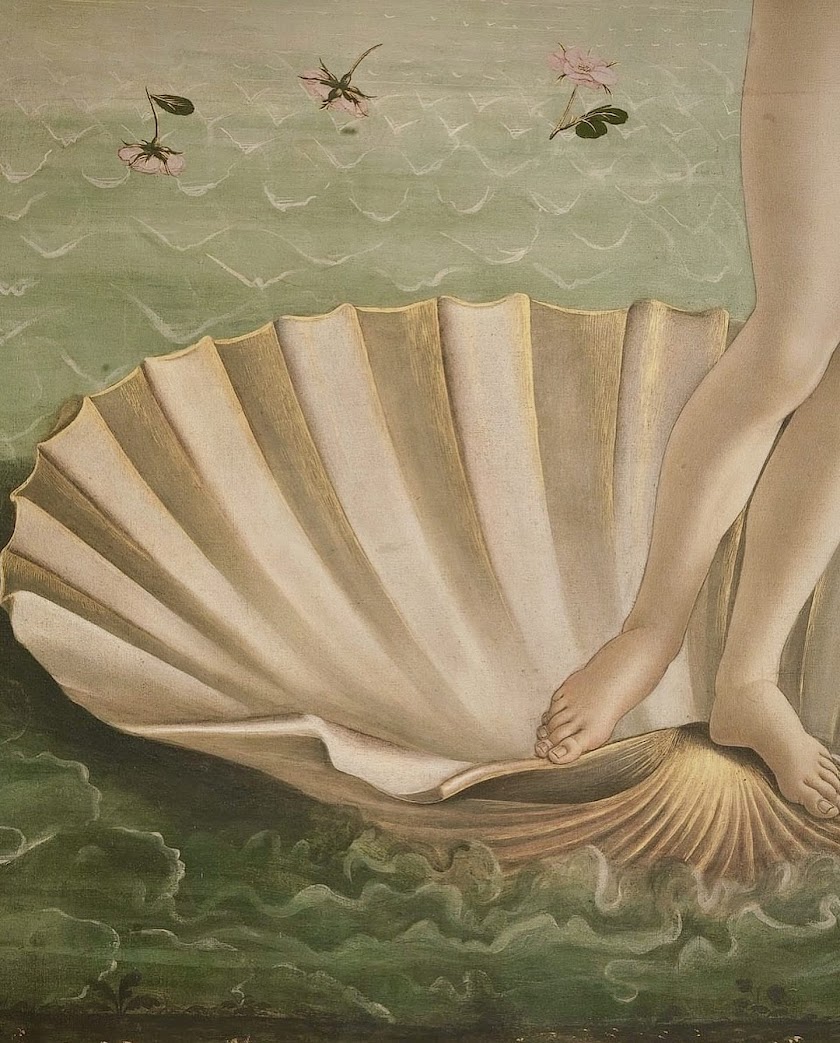In the contemporary intellectual sphere, public discourse frequently suffers from a recurring and deleterious epistemic bias: the transmutation of defined technical terms from academic research into either vaguely pejorative labels or casually instrumentalized rhetorical props. In the absence of epistemological literacy, constructs such as ...
Nicoll-Hellen M.
📍 Location: EU
Professional Overview / Role Summary
As Founder, Editor-in-Chief, and Director of Artesane Studio Magazine, Nicoll-Hellen oversees all editorial content, crafts conceptual strategies, manages the magazine's digital ecosystem, and develops its visual and brand identity.
🎓 Academic Background
1. Interdisciplinary Studies: Philosophy, Art, and Cognition
Primary Specialization: Aesthetic Cognitivism in the Arts, Theology, Biblical Studies, and Manuscript Cultures — also known as Symbolic and Cognitive Aesthetics with Political-Religious Hermeneutics.
Short description (for non-specialist readers):
A domain concerned with the ways in which artworks, symbols, sacred texts, visual cultures, and manuscript traditions shape perception, emotion, memory, identity, and political-religious worldviews. The field integrates aesthetics and philosophy of art, symbolic interpretation and hermeneutics, cognitive approaches to imagery and ritual, cultural theory, theological and psychological dimensions of artistic expression, and intellectual history. Its methodology combines philosophical analysis with cognitive theory and cultural hermeneutics, applied to both theological and artistic corpora.
2. Western Fine Art Conservation & Curation
Specialization: Cultural Heritage Management
Short description (for non-specialist readers):
A formation focused on Western art history, conservation practices, exhibition design, and the stewardship of cultural heritage. It bridges traditional conservation with digital curation, archival studies, and curatorial strategy. This training complements the primary specialization by grounding symbolic and cognitive aesthetics in the materiality of artworks and manuscripts, elucidating how visual objects embody, transmit, and transform cultural, theological, and political meaning across historical contexts.
3. Political Science & International Relations
Specialization: National Security, STS Communication & Digital Diplomacy
Short description (for non-specialist readers):
A field encompassing strategic defense, cyberwarfare, information operations, digital diplomacy, European security, and science/technology communication within policy environments. It enhances the primary specialization by providing analytical instruments for understanding how symbols, narratives, sacred or ideological imagery, and cultural memory operate in political systems, as well as how digital communication molds public perception, identity formation, and geopolitical behavior. In essence, it links aesthetic-symbolic interpretation to contemporary political dynamics, security discourses, and strategic communication ecologies.
💼 Professional & Creative Expertise
1. Editorial & Conceptual Skills
- Philosophical essay writing, cultural critique, editorial strategy, and interdisciplinary narrative design — weaving ideas, symbols, and visual elements into cohesive, insightful cultural analyses.
2. Visual Identity, Design & Marketing Skills
- Luxury branding, digital curation, and graphic design for web and print (80 – Anthony J. James).
- Conceptual design, semiotic visual frameworks, and exhibition materials (86 – Richard DiPilla).
- Integrated marketing strategy, social media content planning, and brand engagement (87 – Frank T. Kryza).
3. Social Media Marketing
Strategic content creation and engagement across Facebook, Instagram, Pinterest.
📚 Selected Publications in Romanian Print Media
1. Tirania impostorilor: anatomia unei apocalipse în expansiune
Editorial | OLTART – Revistă de cultură, Nr. 4 (53), Noiembrie 2025 | pp. 5–18 | Nicoll-Hellen — Proof Link
2. Formatorii de opinie și asasinarea gândirii libere
Editorial | OLTART – Revistă de cultură, Nr. 3 (52), August 2025 | pp. 5–10 | Nicoll-Hellen — Proof Link
📈 Impact & Reach (KPIs – key performance indicators)
Readership: 400,000+ organic readers across platforms (USA, EU, UAE, IS)
Engagement: Average session duration >30 minutes; 62,747 unique visitors (2024) — Proof Link
Verification: Metrics confirmed via primary analytics dashboards; excerpts available upon request.
Selected Server-Provider Verified Metrics
17 January 2025 – 17 November 2025
Total Recorded Visitors: 97,862 — Proof Link
An internal dashboard segment, presenting annual statistics from 2017–2025 and accompanied by server-provider documentation, will soon be accessible via a dedicated statistics page on the website. This resource is intended for users who do not follow the social media highlight (The Magazine). Full details will be available in the forthcoming update.
🗣 Languages
-
English, Romanian (Native/Bilingual)
-
French (Medium professional), Spanish & Italian (Limited working), German (Elementary), Classical languages (Latin, Greek, Hebrew)
🏆 Recognitions & Awards
GGA Director Romania & Brand Ambassador, Global Goodwill Ambassadors (2017)
Featured by platforms and institutions across EU/USA for contributions to visual culture and philosophical critique.
LinkedIn Proof Link.
NOTE
- To ensure personal confidentiality and professional security, certain sensitive details — such as exact addresses and specific academic affiliations — have been intentionally omitted from this presentation. Additional information, including a detailed portfolio and advanced analytics, is available upon request for recognized art and cultural institutions or editorial partners. For general inquiries, only the information presented here will be shared, maintaining both discretion and safety.
- The document reflects my work in the fields of art, culture, and education, and does not include details from the corporate (IT/marketing) CV or other similar professional engagements. The two CVs are distinct and should not be conflated. The professional bio is designed for national and international art and cultural institutions, renowned publishers, and leading cultural magazines, and includes verified proof links (editorial features, publications, KPIs) where relevant, for professional verification purposes.
Latest Publications
Read more
Este o trăsătură definitorie a civilizațiilor în declin să confunde titlul cu vocația, erudiția simulată — cu gândirea vie, și zgomotul mimetic — cu forța creatoare. Nu ar trebui să ne mire, așadar, motivul pentru care "în climatul epocal al postmodernității târzii, tirania nu mai are chipul recognoscibil al despotului clasic, nici nu se exercită...
Ash and Kindling: A Metaphysical Lament
A ballad from lives unnumbered seeps through the osseous fabric,
an aquarium of time where thought-swimmers drift beneath newborn memories.
My blue flower — that ineffable cipher — burns in liturgical silence,
its vapours breathing galaxies into the atrium of becoming.
"The bells have ceased their weeping" —
Ochii acestei mări
sunt un maestru sufit
într-o femeie mistică, creștină.
Bones and ribs—muscles taut beneath the hunchback's veil,




